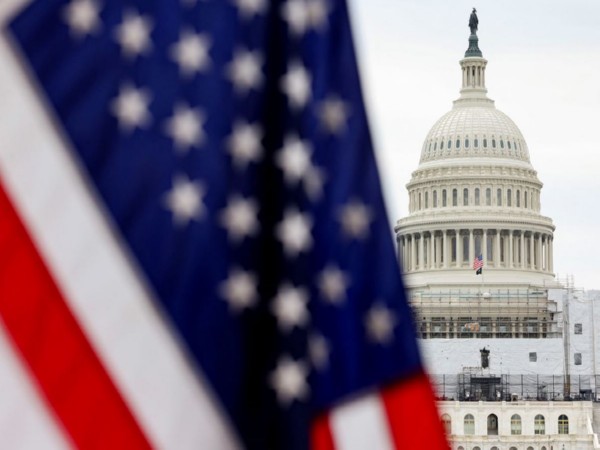
New Delhi: The recently signed Free Trade Agreement (FTA) between India and the United Kingdom is expected to help India manage the impact of 25 per cent tariff announced by the United States President Donald Trump, noted Economist Dipanwita Mazumdar.
Mazumdar said the India-UK trade deal can now act as a buffer against the U.S. amid the challenging tariff times.
"India-UK trade deal is also a testimony of India's footsteps towards integrating in global supply chain. The fine print of the details is positive in terms of employment generation," she told ANI.
The economist highlighted that the agreement would support employment growth, especially in labour-intensive sectors such as fish products, chemicals, jewellery, leather, and textiles. The automobile sector is also likely to benefit from reduced tariff rates under the agreement. Mazumdar anticipated future bilateral trade deals on parallel lines.
"Overall attempts by India to strike parallel deals in an uncertain global policy space is welcoming," Mazumdar noted.
The International Monetary Fund (IMF) recently raised India's GDP growth projection to 6.4 per cent for the calendar years 2025 and 2026.
When asked how the new U.S. tariffs fit into this projection, Mazumdar said that while the tariff headwinds continue to pose a risk to growth, no detailed breakdown of the effective tariff rates has yet been provided by the U.S.
Assuming a 10 per cent decline in India's exports to the US, Mazumdar estimated that the downside impact on India's GDP growth could be around 0.2 per cent.
"However, this should be read with caution as it also opens opportunities for India to integrate strongly in global supply chain and gain higher market share especially in South-East Asian countries," she added.
She also pointed out that sectors like pharmaceuticals (although some exemptions might apply), gems and jewellery, auto components, and textiles may face near-term pressure due to their large share in exports to the US.
"This may be bit challenging as India's manufacturing sector has seen modest recovery in recent times. However, India could aim to achieve higher export competitiveness especially in labour intensive sectors which could in turn the wave in favour. We expect Government to come up with more such measures," Mazumdar said.
Regarding the US Federal Reserve's recent decision to hold rates steady at 4.25-4.50 per cent, she explained that the Fed is taking a cautious approach due to inflationary risks from tariffs.
"We believe unless there is some certainty on tariff rates among major trading partners of USA, policy decision by the Fed will be wait and watch approach," she noted.
On the RBI's stance, she said that the Monetary Policy Committee (MPC) in the upcoming August meeting is expected to continue with a cautious and data-dependent approach, as the central bank has already frontloaded rate cuts earlier.